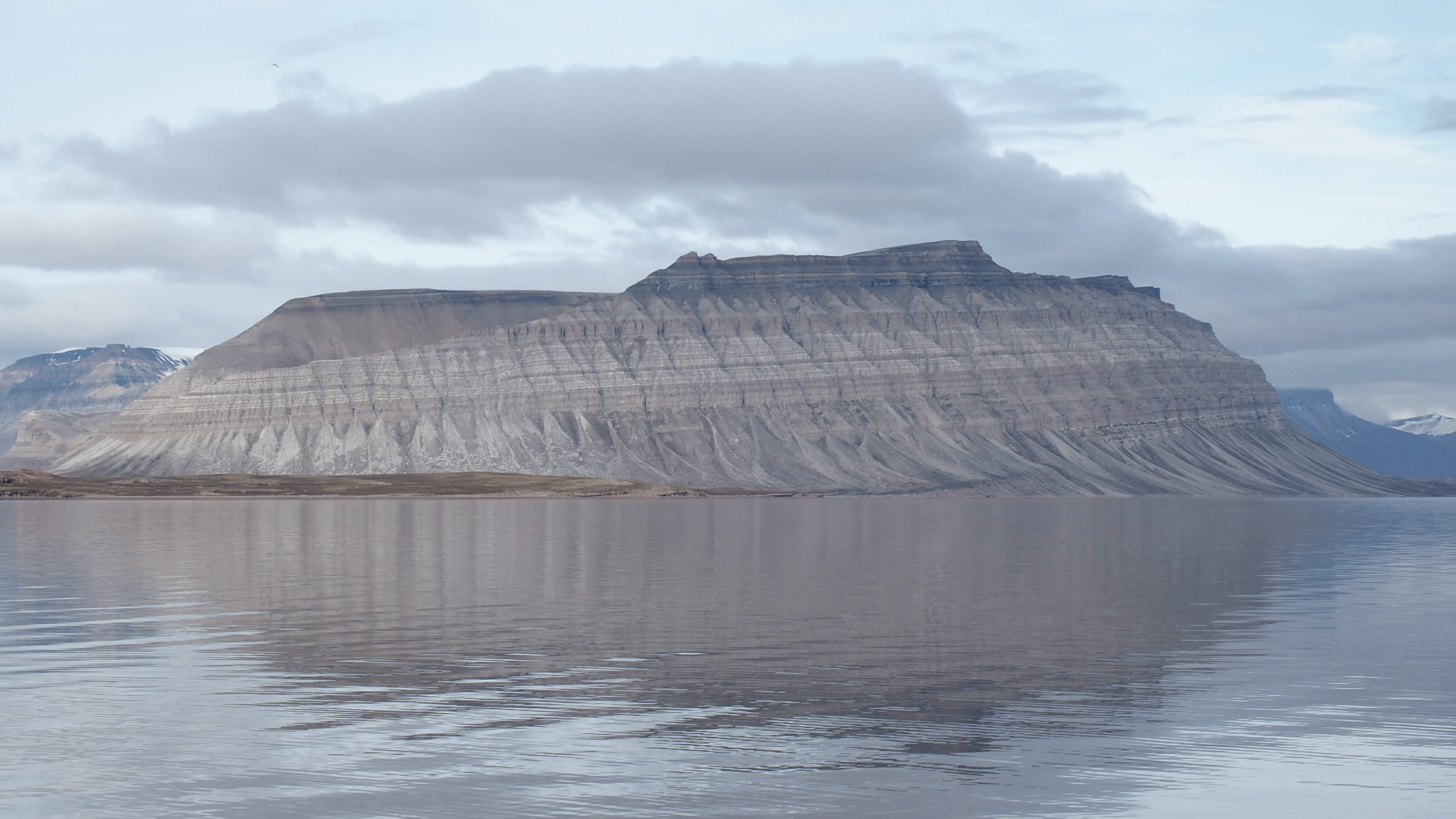Universitetsavisen
Nørregade 10
1165 København K
Tlf: 21 17 95 65 (man-fre kl. 9-15)
E-mail: uni-avis@adm.ku.dk
Ph.d.-forsvar
Ph.d.-forsvar — On 4 December 2018 Tone Sorento defends her Ph.D. thesis 'Permian marginal marine carbonates and evaporites in the North Sea and Barents Sea area' at the Geological Museum
Date & Time:
Place:
Auditorium, Geological Museum
Øster Voldgade 5-7
1350 Copenhagen K
Hosted by:
Natural History Museum
Cost:
Free
Tone Sorento
Permian marginal marine carbonates and evaporites in the North Sea and Barents Sea area
Deposition of carbonates and evaporites in marginal marine environments is highly dependent on the climate and therefore can be used as climate archives to trace changes in rainfall and evaporation or sea water temperature and salinity. From the late Carboniferous to late Permian the northern North Sea and Barents Sea area experienced changes in climate and oceanographic conditions believed to reflect northward drift of the region from approximately 35oN to 45oN. These transitional conditions are reflected in the geological record of marginal marine deposits in Spitsbergen, Arctic Norway and on Utsira High, northern North Sea. Facies of the lower Permian Gipshuken Formation in Spitsbergen reflect deposited on a temperature-stratified carbonate ramp. The inner ramp facies are characterised by widespread deposition of evaporites and oolitic grainstones reflecting semi-arid conditions. The open marine mid ramp environments are dominated by a heterozoan assemblage reflecting cool-water conditions and sedimentary structures indicate a storm-dominated setting much like the cool-water southern Australian shelf today. The facies of the Permian Gipshuken Formation shows that semi-arid climate existed on land and influenced deposition in marginal marine settings while the deeper parts of the Barents Shelf were site of cool-water deposition related to the introduction of cool-water oceanic currents. It thereby links the Gipshuken Formation to a significant depositional shift in water temperature in the Permian observed across the Barents Shelf and previously thought to be non-depositional in the depositional record of Spitsbergen. In the northern North Sea the climatic shift occurred later. Upper Permian Zechstein carbonates on Utsira High reflect deposition and early diagenesis similar to deposits of the southern evaporitic Zechstein Basin. The carbonates on Utsira High thereby provide the first detailed material from the poorly known northern edge of the Zechstein Basin. The Zechstein carbonates have been locally pervasively altered by fresh water diagenesis related to subaerial exposure. This diagenetic event has been dated to Early Triassic and is in line with the late Permian diagenetic evolution of carbonates in East Greenland. It thereby suggests a southward movement of a transitional climate zone from arid to semi-arid pluvial.
Professor Lars Stemmerik, Natural History Museum of Denmark, University of Copenhagen
Professor Snorre Olaussen, The University Centre in Svalbard
Associate professor Kresten Anderskouv (chairman), Department of Geosciences and Natural Resource Management, University of Copenhagen
Professor Maurice Tucker, Department of Earth Sciences, Durham University
Senior researcher Jonathan Ralph Ineson, Geological Survey of Denmark and Greenland
